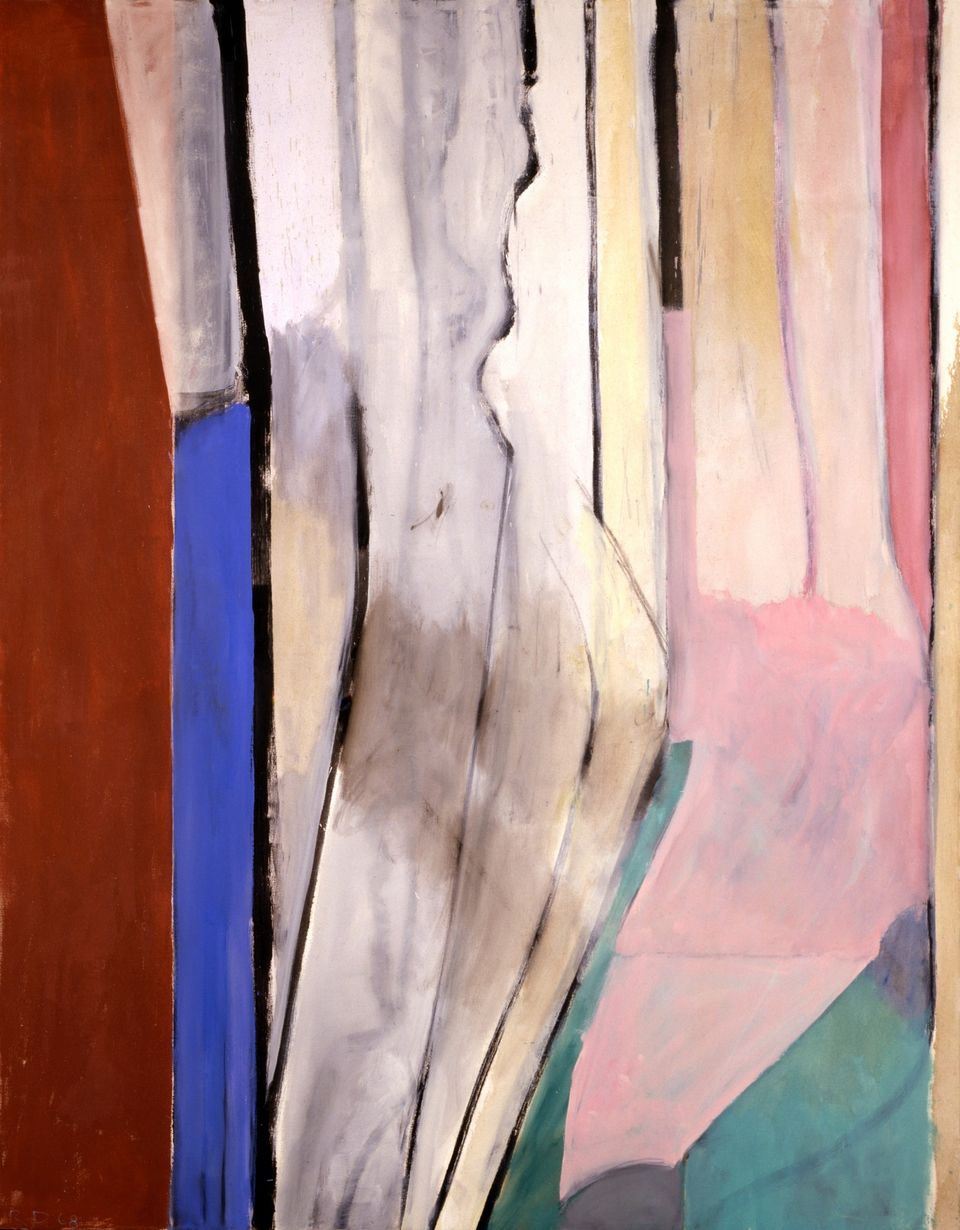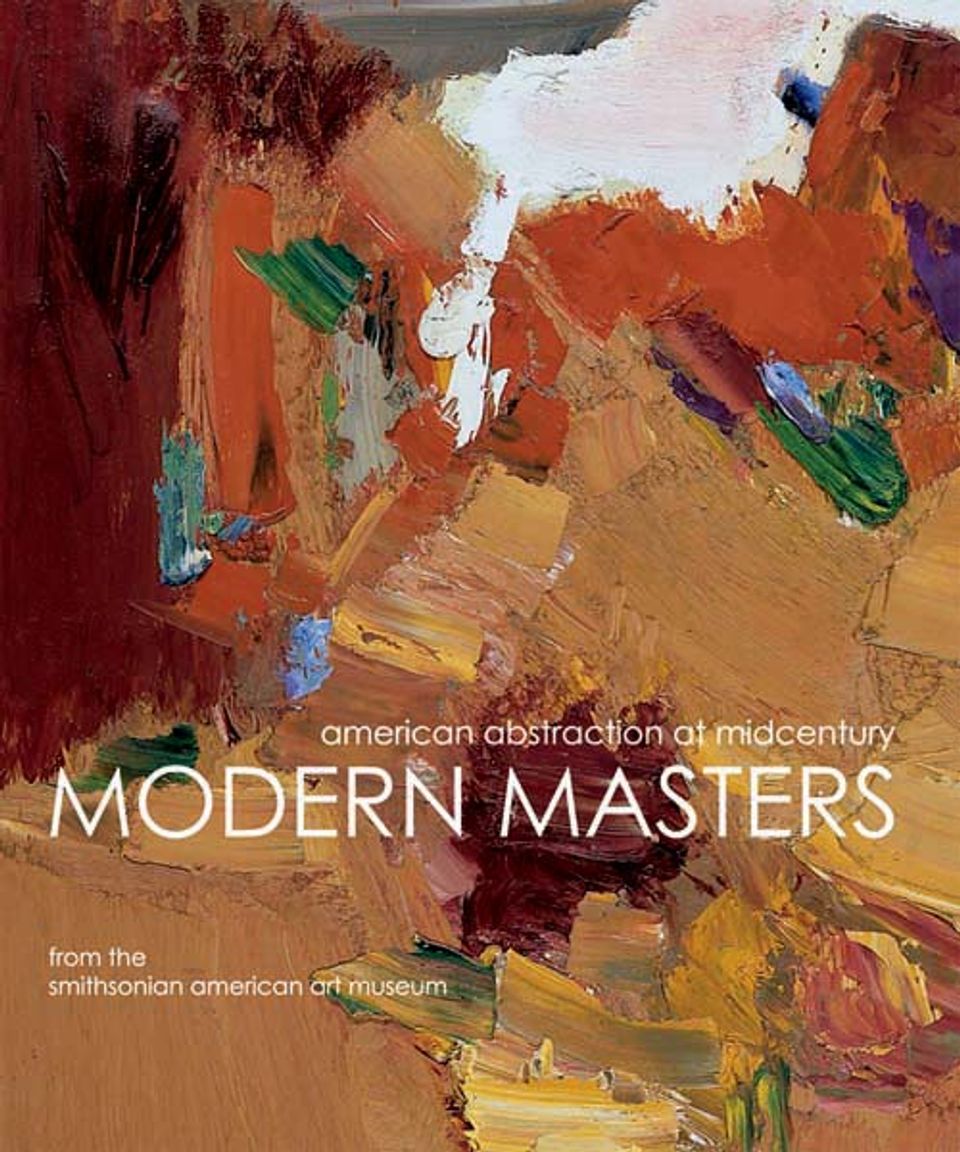Louise Nevelson

Photograph of Louise Nevelson, ca. 1965. Photo by Ugo Mulas. Louise Nevelson papers, circa 1903-1982, Archives of American Art, Smithsonian Institution
- Also known as
- Louise Berliawsky
- Leah Berliawsky
- Leike Berliawsky
- Born
- Kiev, Russia
- Biography
“I myself need, for my place of consciousness, a form. It's almost like you are an architect that's building through shadow and light and dark.”
— Louise Nevelson, 1964
Louise Nevelson was an artist whose practice centered on sculpture, producing complex monochromatic constructions of salvaged wood and employing sculptural scale ranging from the tabletop to environments to public commissions.
Nevelson immigrated with her family to Maine from present-day Ukraine in 1905. In 1920, she moved to New York City, where she studied art in private lessons and at the Art Students League. After brief stints in Europe in the early 1930s, she returned to New York and continued at the Art Students League, trained as a modern dancer, and joined the Works Progress Administration (WPA). Nevelson characterized the 1930s and 1940s as “a time of searching and finding myself as an artist.” She experimented with figurative work that sometimes veered toward abstractions across various mediums, including clay and painting.
Nevelson began working with her signature medium of foraged wood in the 1940s. In these works, she gathered materials from junkyards and city streets, constructing her sculptures through an additive process rather than carving. In the 1950s, she started painting her intricate assemblages black, which she claimed was the “most aristocratic color.” In later years, her palette briefly shifted to all white and all gold in addition to black.
As Nevelson developed her frequently human-scaled constructions and wall-based works, she built her sculptures out of scavenged or premade boxes. Within those boxes, she then intuitively arranged found wooden scraps to create abstract compositions that activate a play of shadows. Her incorporation of fragments of everyday objects like chairs, moldings, and railings linked her sculptures to daily life, as in Sky Cathedral (1982, SAAM). At the same time, Nevelson unified her disparate materials with a single color and aimed to give them, in her words, “a spiritual life that surpasses the life they were created for.”
Alongside her sculptures, by around 1957, Nevelson was creating room-sized works, ultimately deeming herself “the grandmother of environments.” During the 1960s, she also experimented with printmaking and other new materials including plexiglass, as in Night Leaf (1969, SAAM). Beginning in 1969, she frequently received commissions for public works, adapting her process to prepare smaller-scale wood studies, such as Study for Bicentennial Dawn (1976, SAAM), and further expanding her medium to include metal in projects that were sited outdoors.
In the 1960s, Nevelson began garnering hard-won public acclaim as her work was featured in a number of pivotal exhibitions. Entering her sixties, she was keenly attuned to the late-breaking nature of this attention, particularly in comparison to the career trajectories of many of her male contemporaries. Yet, as she put it, “No one could move me till I got what I wanted–on my terms, on earth…. And the hardship gave me total freedom.”
Authored by Katherine Markoski, American Women’s History Initiative Writer and Editor, 2024.
- Primary Artist Biography
Born in Russia, brought to Maine in 1905, lived in New York City starting in 1920. Internationally famous artist who created striking assemblages of found wooden forms, and sculptures in steel, aluminum, Plexiglass, and other materials. Her etchings are not as widely known.
Charles Sullivan, ed American Beauties: Women in Art and Literature (New York: Henry N. Abrams, Inc., in association with National Museum of American Art, 1993)
Artist BiographyNevelson came to the United States as a child with her family, settling first in Rockland, Maine. At age twenty she went to New York to study voice and drama as well as painting and drawing. She attended the Art Students League in 1929 and 1930, then traveled to Munich to study with Hans Hofmann. Two years later she was working as an assistant to Diego Rivera, who introduced her to pre-Columbian art; her first solo show in 1941 featured terra cotta and wood sculptures based on Mayan and other primitive imagery. Not until the mid 1950s did Nevelson's far-ranging interests coalesce into dramatically conceived constructions for which she became world-renowned. Nevelson's sculptures are about myth and mystery, and although she took motifs from the world around her, she stated that she identified with ideas "more than with nature." Although she was fascinated with the living quality of wood, in the 1960s she added plastics and formica to her repertoire of media and in the 1970s began to create monumentally scaled pieces in aluminum and steel.
Virginia M. Mecklenburg Modern American Realism: The Sara Roby Foundation Collection (Washington, D.C.: Smithsonian Institution Press for the National Museum of American Art, 1987)
Luce Artist BiographyLouise Nevelson remembered painting, drawing, and carving soap sculptures when she was only five years old. Born in Russia, she moved with her family to Rockland, Maine, in 1905. She felt like an outsider while growing up and apart from her art classes, she did not enjoy being in school. She married Charles Nevelson in 1920 and moved with him to New York. The marriage did not last, however, and Louise left her husband and son to go to Germany, where she worked with abstract expressionist painter Hans Hofmann. She returned to New York after only a few months, feeling a strong connection to the country of her youth and seeing far greater possibilities for the development of her work: “I could be a leaf on the tree in Paris, but I could be the whole tree in America.” Nevelson struggled to gain recognition for many years but eventually achieved success during the 1950s, creating dreamlike constructions that evoked dramatic cityscapes. She built boxes and walls from dismantled furniture, ornaments, and scraps of wood that she found on the street, and often painted them in single colors to emphasize the effects of light and shadow.















